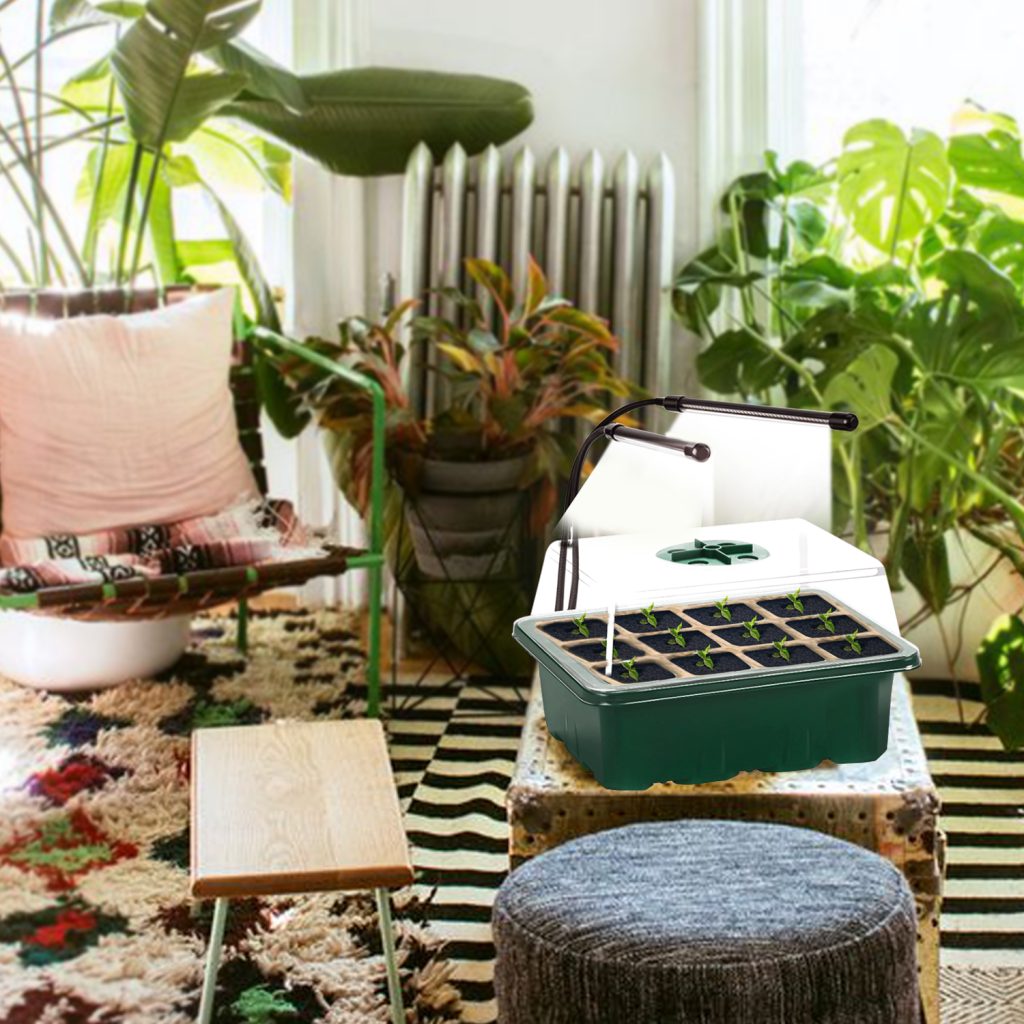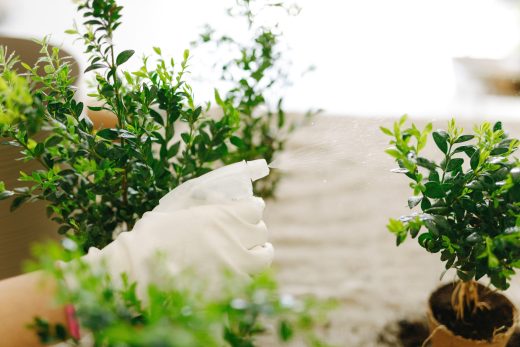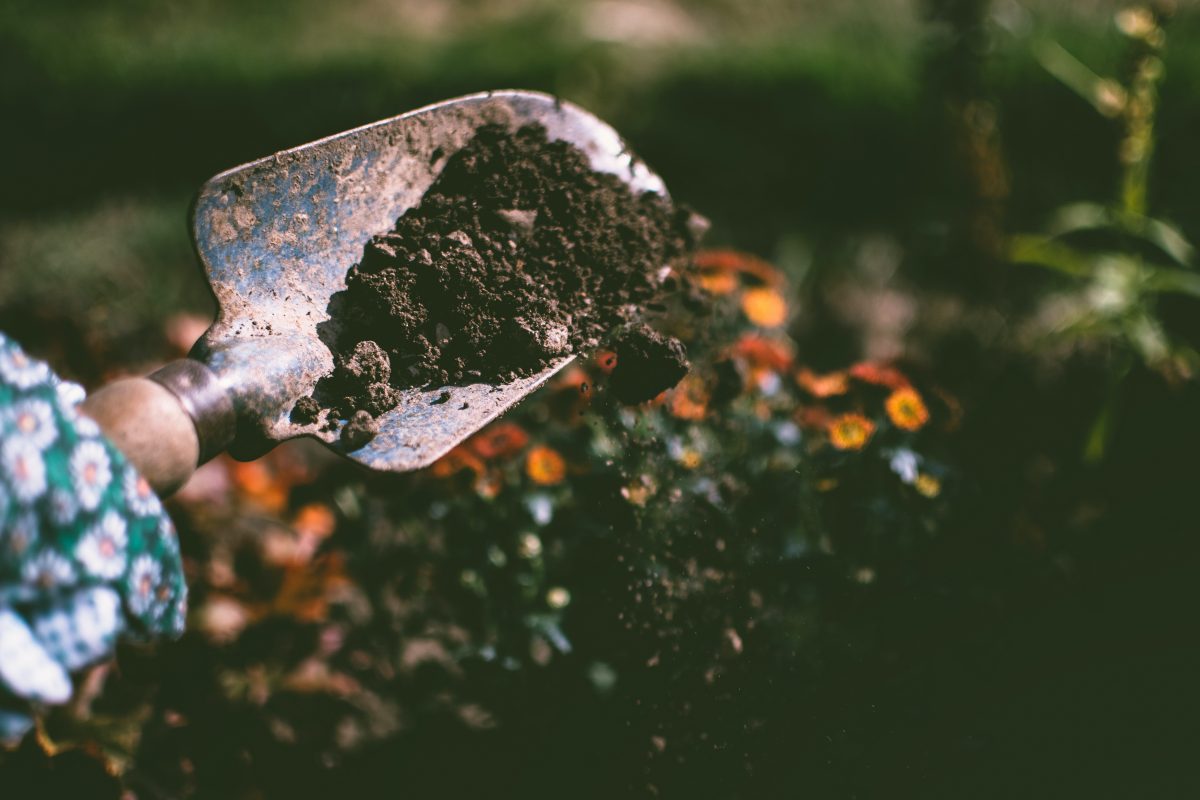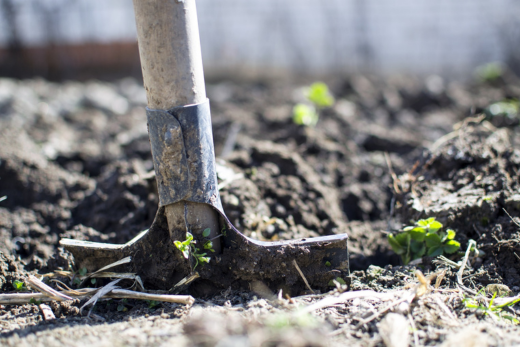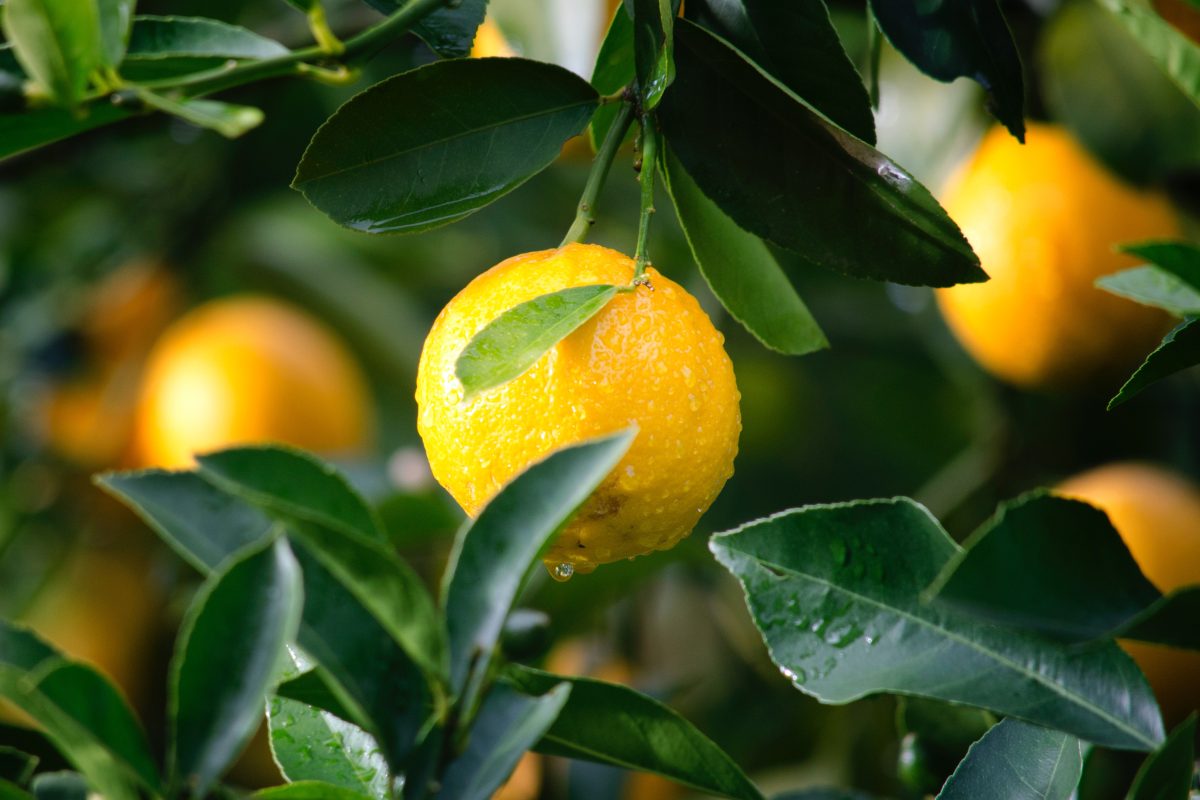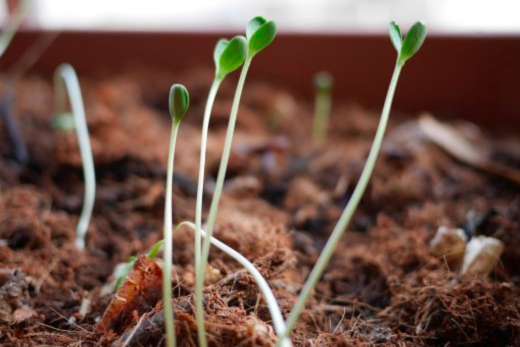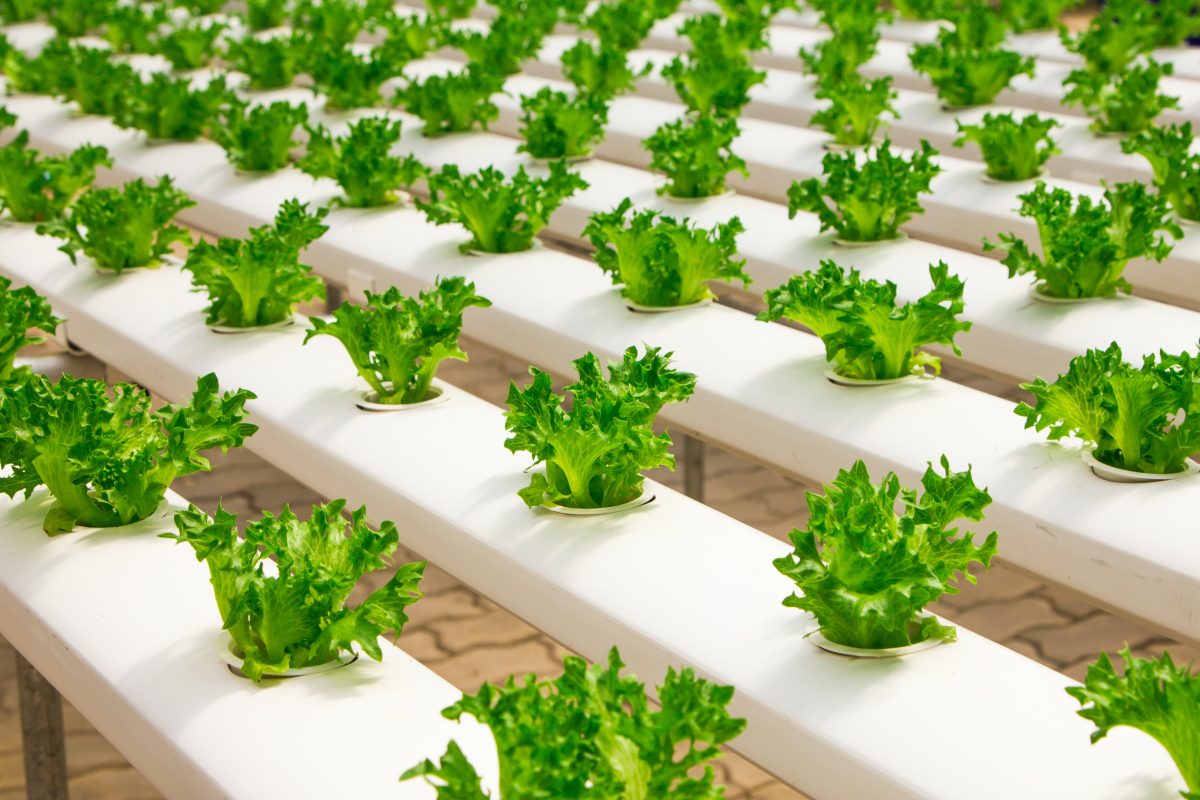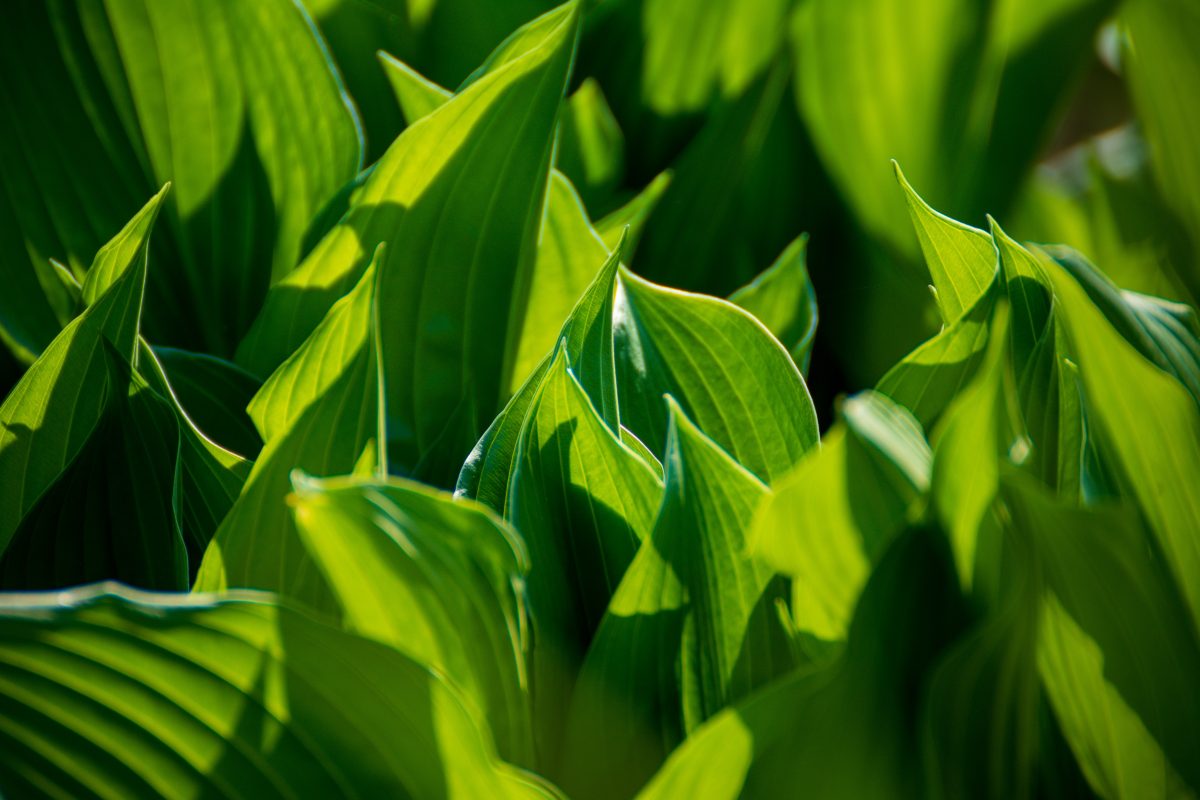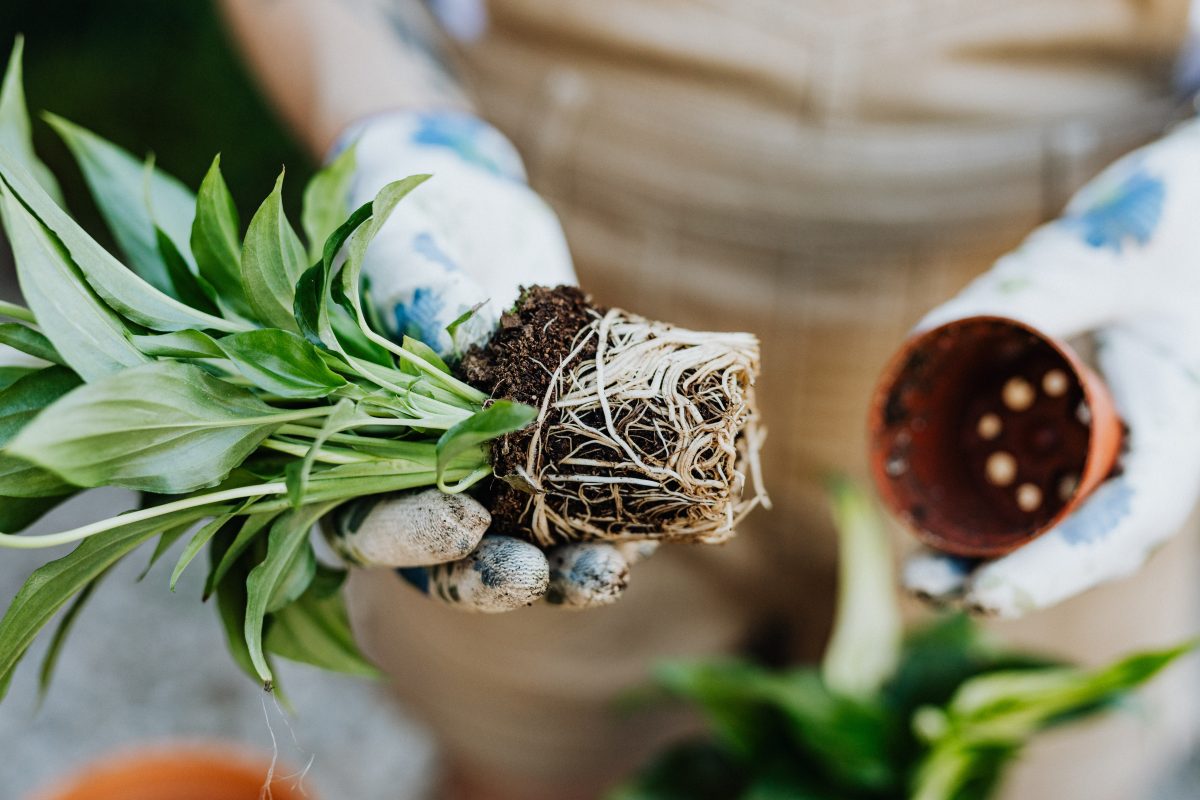You’ve put your heart and soul into creating a garden space, and suddenly, you see it! Mold has enveloped your favorite plant, and it seems like all hope is lost.
Let’s face it; gardening, possibly one of the most rewarding hobbies or career paths, is filled with rewards. But it can also present some challenges. This is especially the case when you notice your plants turning moldy. In most instances, moldy leaves, stems, flowers, and soil result from powdery mildew settling in. While there are things you can do to prevent moldy plants, it can be tricky to deal with once mold has already set in.
You know you’re dealing with powdery mildew if your plant’s leaves present a white-gray dust-like mold covering the upper surface. While powdery mildew usually presents on the outer surface of the leaves, the entire plant can be affected, including the soil.
What Is Powdery Mildew?

Powdery mildew isn’t one type of mold. Instead, it’s a broad term to describe various fungi types presenting similar symptoms (dusty white powder on the leaves). And the bad news is that nearly all types and varieties of plants can be affected because of the sheer number of fungi that cause powdery mildew. That said, some plants are more susceptible than others.
Vegetables most susceptible to mold include peppers, peas, cucumbers, beans, tomatoes, zucchini, and winter squash. Flowers most vulnerable to mold include chrysanthemums, roses, zinnias, bee balm, dahlias, and black-eyed susans.
What Causes Powdery Mildew On Plants?
In order for powdery mildew to grow on plants and for you to notice your plants turning moldy, the conditions for the fungi must be ideal.
And the ideal environment for fungi growth isn’t hard to accomplish!
Below are a few of the causes of powdery mildew:
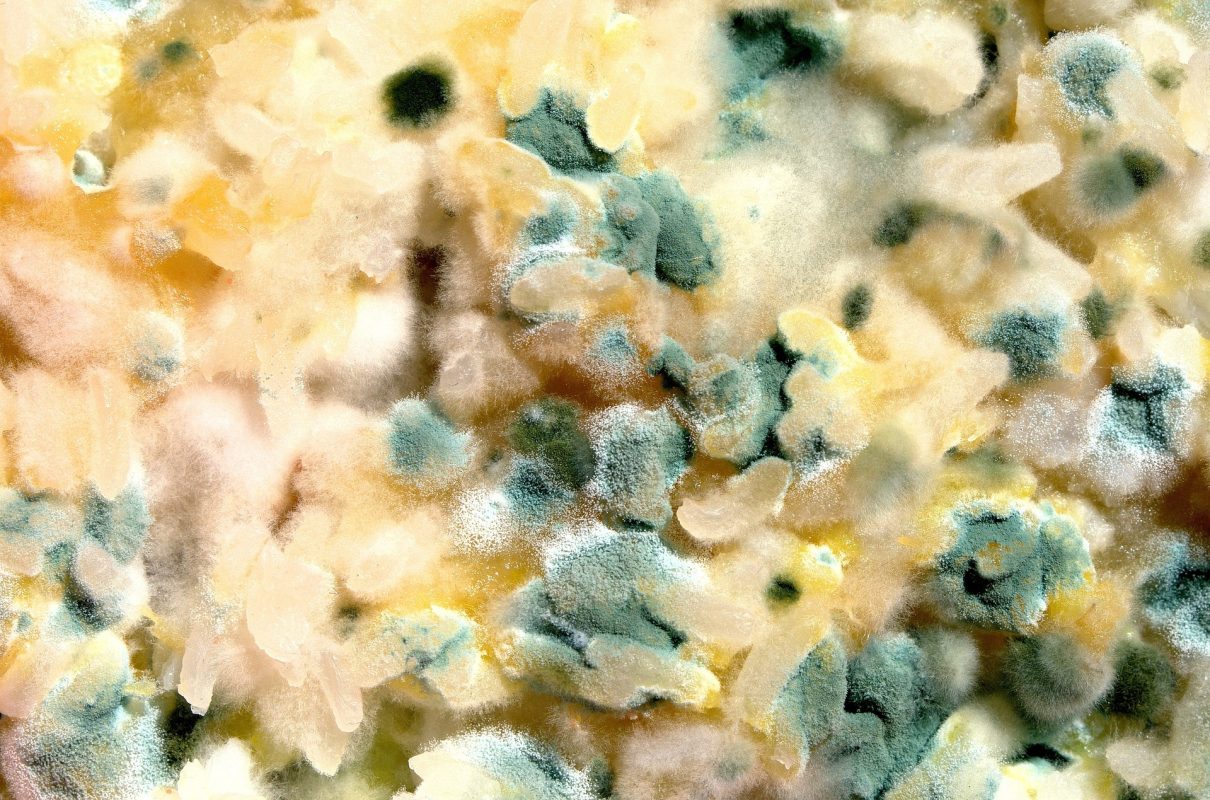
Poor Air Circulation Causes Mold On Plants
Growing plants too close together and failing to trim/prune your plants can result in poor air circulation, leading to mold growth. If you’re growing plants indoors, use a fan to create airflow, or ensure that you position your plants where sufficient airflow can be experienced by the plant (near a window).
When planting seeds or seedlings, make sure that you space the plants optimally so that air can pass between them. Much the same, pruning and trimming plants can create enough space between leaves and flowers for air to flow, thus deterring the growth of mold spores.
High Humidity Can Cause Moldy Plants
You might think your plant’s environment isn’t humid because you’re monitoring it daily. However, considering the environment at night, you may see an entirely different scenario. Humidity higher than 70% at night provides a prime environment for powdery mildew to grow.
The fungi that fall into the category of powdery mildew don’t require free moisture on the plant for it to grow. That said, humidity can spur mold growth on plants, but it’s not a determining factor once the mold has set in. The mold doesn’t require humidity to continue growing.
To minimize humidity, keep the plant’s surrounding environment dry, especially at night. Implement a proper watering routine, space plants out, and ensure the soil can drain sufficiently. Good ventilation can also have a positive impact on reducing high humidity levels.
Moderate Temperatures Can Cause Plants To Turn Moldy
Most plant molds will develop at 62 – 86 degrees Fahrenheit (16 to 30 degrees Celsius), with the most ideal growing temperature for spores being around 70 – 80 degrees Fahrenheit (21 to 27 degrees Celsius), which is considered moderate.
Overwatering Can Cause Mold To Grow On Plants & Soil
Overwatering plants means the soil is perpetually damp or damp for longer than necessary. Damp environments are ideal for mold spores to develop. To avoid this, have a set watering schedule and ensure you’re not promoting a damp environment that spurs mold growth.
What Can You Do Once Mold Has Already Set In On Your Plants?

Prevention is always better than cure when it comes to treating moldy plants.
If you’re growing plants that are susceptible to powdery mildew, you should implement a preventative fungicide treatment programs to keep spore growth at bay.
The most common and highly effective treatments include products that contain hydrogen peroxide, horticultural oil, bacillus subtilis, neem oil, potassium bicarbonate, and insecticidal soap.
You can also opt to use an effective fungicide. Look for products that list the following active ingredients: piperalin, azoxystrobin, copper sulphate, pyraclostrobin, triadimefon, triflumizole, pentahydrate, and myclobutanil.
You will need to treat your plant several times to see positive effects.
Other Ways Of Treating Mold On Plants
If you’re not using a fungicide or other treatment, there are more holistic approaches to treating mold on plants:
Prune The Moldy Plant
The first step should be to prune off any dead leaves and stems from the plant as quickly as possible. This will ensure mold spores don’t spread to other parts of the plant and improve air circulation. Once you’ve finished pruning the infected plant, wash/disinfect your pruners and other equipment to ensure you don’t help spread spores.
Wash Moldy Plants With Dish Washing Soap
Once you’ve improved the airflow between the plant leaves, prepare a mixture of mild dishwashing soap and water and wash each leaf. This will remove the mold from the plant and stop additional spores from spreading. After washing the plant, you can rinse it with clean water.
Clean The Moldy Plant’s Environment
Dead leaves, stems, and flowers should be kept from the immediate vicinity of your plants. Do not place trimmed or fallen leaves into the compost, which will only promote further mold growth. It’s best to burn the removed stems and leaves, but if this isn’t an option, you can bag and bin them. Don’t forget to wash your gloves, pruners, and any other equipment you’ve used.
Conclusion
While there’s no surefire way to 100% guarantee your plants will never turn moldy, there are preventative measures you can take.
When investing in plants, consider the unique needs of each plant in terms of spacing, light exposure, watering, and temperature. Ensure that your plant’s needs are being met with our LightlyBloom’s Seed Starter Kit.
Setting a watering schedule in place, using fungicides, ensuring you don’t wet the leaves while watering, spacing plants to allow for airflow, and ensuring that you control the humidity and temperature levels are your best bet for preventing mold on plants.
